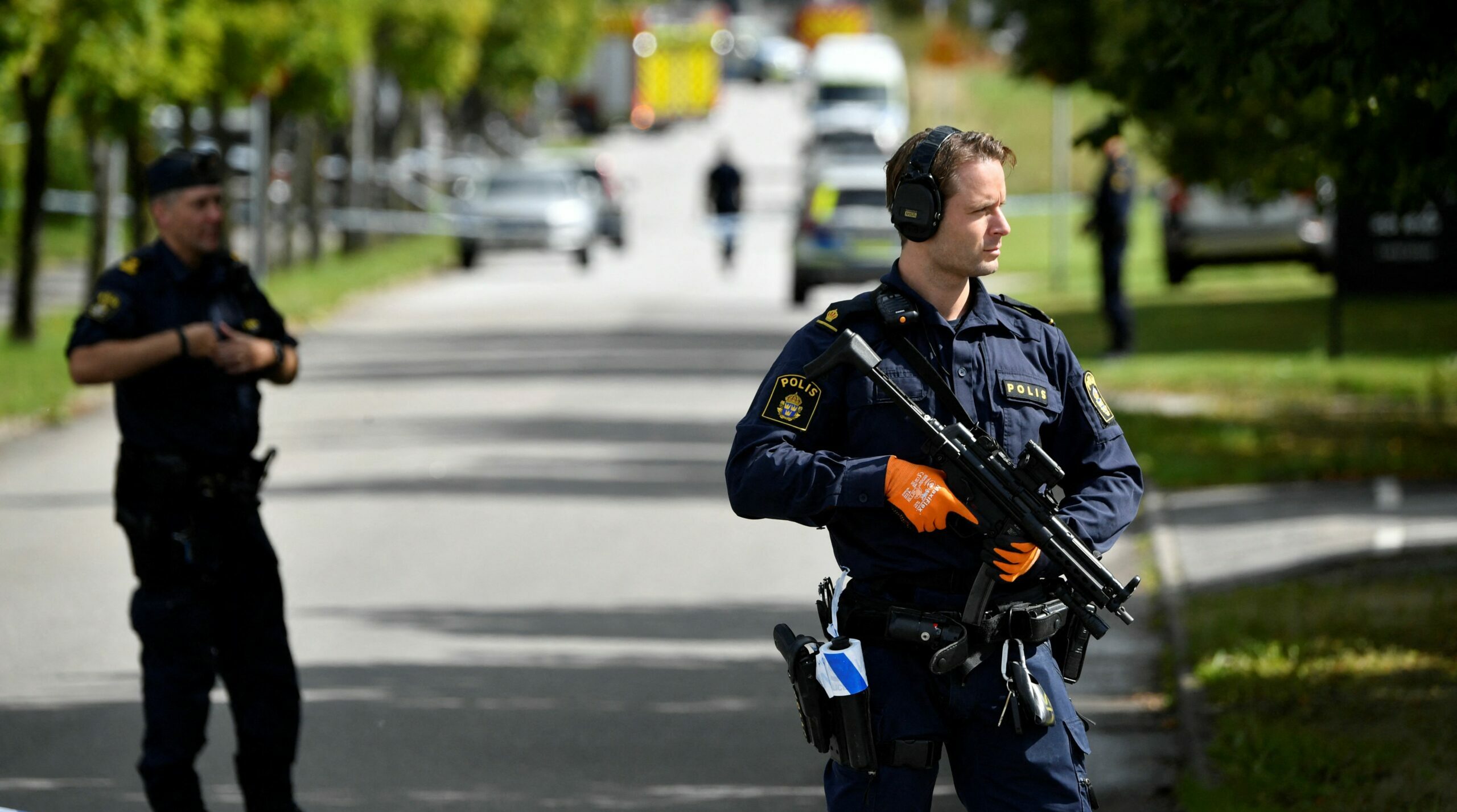Organised crime appears to be the primary factor behind a rise in the frequency of bombings and gun violence in Sweden in recent years.
This assessment was issued to clients of Dragonfly’s Security Intelligence & Analysis Service (SIAS) on 15 October 2021.
There have been 64 reported explosions and 249 shootings countrywide so far this year, among the highest rates in Europe. Most incidents have taken place in the Stockholm and South regions, with low-income areas in the capital and Malmo being particularly affected. Violent crime mostly targets gang members, and we assess the risk for bystanders and business travellers is low.
There is a combination of factors behind what the Swedish authorities agree is a proliferation of violent crime. These range from socio-economic inequality and urban segregation to firearms trafficking. But drug-related gang violence is the main reason, according to the authorities. The Swedish National Council for Crime Prevention (BRA) reported that around 80% of shootings in 2019 occurred in ‘criminal environments’. Based on police reports, both shootings and bombings are often perpetrated by members of the same gangs.

Rivalries, often entangled with family feuds, appear to be the main motive for attacks. For example, in 2019 a gang leader detonated a bomb in Malmo at a shop run by his brother. The former had already been arrested on suspicion of having ordered the murder of his brother-in-law. Such personal motives mean that there are not easily observable trends in these attacks. But according to a researcher at BRA, one killing tends to follow another in retaliation. There were at least three murders in the days after a gang battle in Gothenburg in May.
Most of the reported bombings and shootings this year took place in the Stockholm region and in South Sweden, as shown in the map above. This is based on data from the Swedish Police Authority. This geographical distribution of violence is consistent with previous years, at least from 2018. While the data does not provide the exact location of the incidents, local press reports suggest that most took place in low-income areas on the outskirts of the cities of Stockholm and Malmo. But there were some in high-income areas too.
More broadly, crime is particularly likely in suburbs in the northwest and southwest of Stockholm. The map below draws from the latest list by the Swedish police of ‘vulnerable’ and ‘particularly vulnerable areas’. These locations do not necessarily experience the highest number of bombings or shootings in the city, but criminals have a significant impact on local communities there through ‘acts of violence’ or ‘open drug trafficking’. Allegations in the international press that security forces cannot even enter these areas are grossly exaggerated in our analysis.

Sweden is one of the very few countries globally that report such a high number of explosions that are not related to armed conflict or terrorism. The authorities have not provided details, but the local press has reported on attacks using grenades, firecrackers and improvised bombs made from vacuum flasks. That most of these explosive devices are not considered weapons under Swedish law has probably contributed to what the police intelligence service has defined as a ‘trend’ in these tactics.
There are further reasons why such crimes are likely to persist. Few perpetrators are convicted, probably due to poor gang-specific legislation and witnesses backing down for fear of retaliation. Despite official and public concern over the issue, the risk that bombings pose to passersby is low. The authorities have not shared data on the number of casualties. But press reports suggest that most explosive devices were placed and timed to avoid causing casualties, including the intended target. As the head of Malmo’s police said, the main intention does not seem to ‘hurt anyone [..] but to threaten or scare others’.
We also assess that the risk from shootings for passersby is also low, albeit comparatively higher than from bombings. According to BRA, Sweden has some of the highest death rates by shootings in Europe: around four per million inhabitants compared with a European average of 1.6. But most of the victims of shootings appear to be members of rival gangs. Statements by researchers at BRA suggest that most of the victims of shootings between 2014-2017 were men in their 20s with criminal records.
The authorities appear to have made progress in countering violent crime over the past year. Public anger over violence in the streets seems to have prompted the government to increase spending on police and launch specific programmes in Stockholm and Malmo to fight organised crime. Added to this are tougher sentences for gang-related crimes, and expanded powers of the police to search suspects’ homes and monitor their online messaging. That said, this does not yet seem to have translated into a drop in incidents, with the authorities saying that this might take up to ten years.
Image: Police are seen near the scene of an apparent attack at a school in Esloev, southern Sweden, on 19 August 2021. Photo by Johan Nilsson/TT News Agency/AFP via Getty Images.







